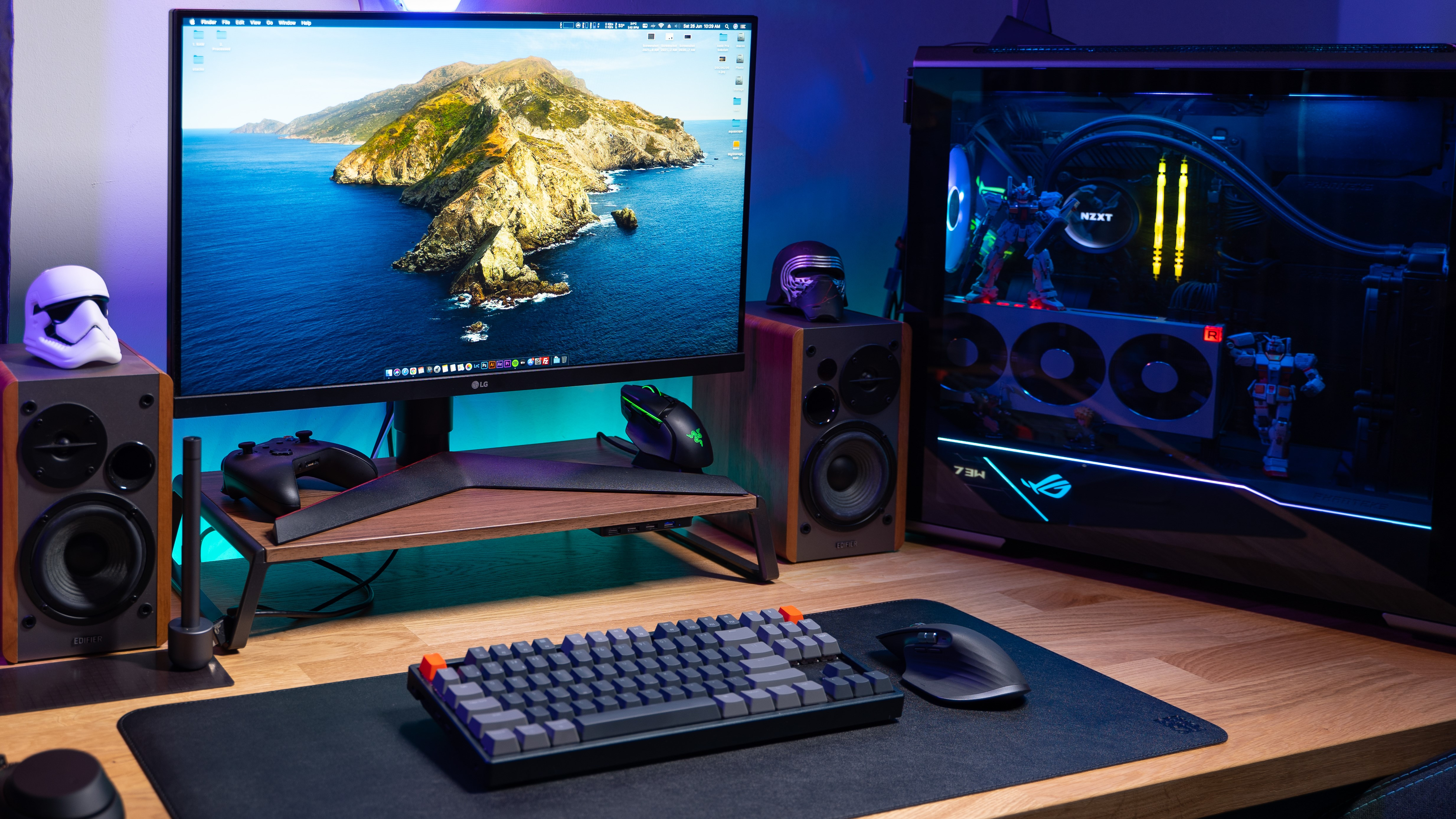Apple has finally killed the Hackintosh – and my DIY Mac dreams have died with it

- Apple’s macOS Tahoe is the final version to support Intel chips
- That means the death of the Hackintosh is nigh
- It’s sad news for the community of tinkerers and custom PC builders
Apple lifted the lid on macOS Tahoe at its WWDC 2025 event earlier in June, and one thing that it announced during the Platforms State of the Union address was that this software update would be the last one to support Intel Macs. That’s had the effect of putting the final nail in the coffin of the humble Hackintosh, and this has left me more than a little sad.
In case you don’t know, a Hackintosh is a computer that runs macOS on custom PC hardware. Apple doesn’t support or condone these computers, so building one requires a lot of complex legwork and specific files that convince macOS that it’s running on Apple-approved components.
Part of the equation is that a Hackintosh usually requires an Intel chip. You can’t buy Apple silicon chips off the shelf, but with recent macOS versions supporting Intel processors, this was a go-to alternative.
With Apple dropping this support, it’s the end of the road for Hackintoshes.
We knew this day was coming

For many years, I was fascinated with the idea of building a Hackintosh. I’ve long been frustrated with the day-to-day quirks of Windows, but love building PCs too much to go all-in on macOS. A Hackintosh felt like the perfect way to get hands on, build a powerful computer capable of both work and gaming, and still get all the smoothness and rich features of macOS.
But with the constantly increasing difficulties in building a Hackintosh and the ever-more complex workarounds that were needed to get one to work, I never took the plunge.
Years ago, a Hackintosh was the best of both worlds: the hardware performance that Apple simply couldn’t provide and the software features and stability that Windows sorely lacked. But now that Apple silicon offers tremendous performance – even in demanding games like Cyberpunk 2077, something once deemed unthinkable for a Mac – the need for a Hackintosh has diminished.
Sign up for breaking news, reviews, opinion, top tech deals, and more.
Despite the news, not everyone in the Hackintosh community has taken the news badly. Even before Apple’s announcement, I would occasionally browse Hackintosh forums, and the advice was often the same: modern Macs do a lot of what Hackintoshes set out to achieve.
They offer far more bang for your buck than they used to (the M4 Mac mini is a good example), and unless you fill the specific niche of loving both macOS and DIY computer building and refuse to get a Mac and a PC, Apple’s own products do the job. Many of the more recent reactions are along the same lines.
Perhaps someone will find a way to get Hackintoshes to work on Apple silicon. But with the tough security measures Apple has built into its chips, that is far from guaranteed. While many in the community are taking the news well, I can’t help but feel disappointed for what we’re going to lose.
You might also like
- The end of ‘Hackintosh’ – how Apple is sounding the death knell for a once-thriving online community
- It’s official: your Intel Mac won’t get macOS 27, with macOS Tahoe 26 marking the end of an era
- macOS Tahoe 26 is official: here’s everything we know about the release date, compatibility and all the new features

Alex Blake has been fooling around with computers since the early 1990s, and since that time he's learned a thing or two about tech. No more than two things, though. That's all his brain can hold. As well as TechRadar, Alex writes for iMore, Digital Trends and Creative Bloq, among others. He was previously commissioning editor at MacFormat magazine. That means he mostly covers the world of Apple and its latest products, but also Windows, computer peripherals, mobile apps, and much more beyond. When not writing, you can find him hiking the English countryside and gaming on his PC.
You must confirm your public display name before commenting
Please logout and then login again, you will then be prompted to enter your display name.